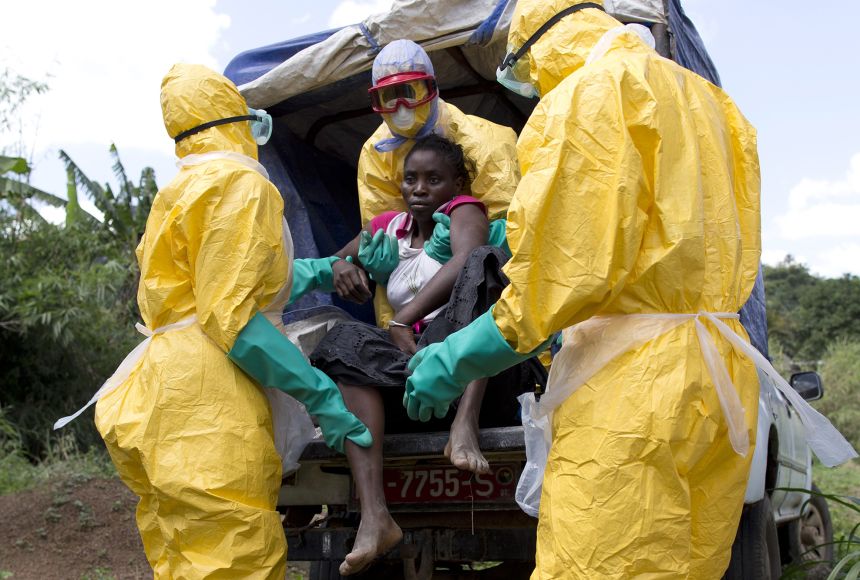An epidemic is a sudden disease outbreak that affects a large number of people in a particular region, community, or population. In an epidemic, the number of people affected by the disease is larger than what is normally expected.
An epidemic of an infectious disease can happen if the virus, bacteria, or other cause of the disease has recently grown stronger, is introduced somewhere it has never been before, or finds new ways to enter the bodies of those it is affecting. It also can happen if people somehow grow more susceptible to the cause of the disease or have greater exposure to it.
Epidemics typically are classified as common-source or propagated. A disease is labeled one or the other based on the way it spreads through a group of people.
Propagated outbreaks happen when a disease is passed from person to person. This can happen through direct contact, like with some sexually transmitted diseases; through sharing an item or vehicle that passes the disease, like needles, also called vehicle-borne transmission; or through a vector like mosquitoes, also called vector-borne transmission. For example, in 2014, the Ebola virus caused an epidemic that killed thousands of people, mainly in western Africa. It was a propagated epidemic as the virus spread through human contact with contaminated body fluids. As families tended to sick relatives and other caregivers helped ill patients, many were exposed to the virus and became sick themselves.
A common-source outbreak occurs when a group of people get sick after being exposed to a virus, bacteria, toxin, or other infectious agent from the same source. For example, a common-source outbreak happens when a group of people get sick after eating the same contaminated food at the same restaurant on the same day. This specific type of common-source outbreak is also known as a point-source outbreak. In this case, those who get sick are infected within a short period of time.
Common-source outbreaks can also be continuous. In a continuous common-source outbreak, people are exposed over a longer period of time to the same source. These outbreaks can stretch for days, weeks, or longer. A continuous common-source epidemic of cholera, for example, sickened many people in the Broad Street area of London, England in 1854. The outbreak was tracked to its source, the contaminated Broad Street public water pump. An intermittent common-source outbreak means patients are exposed to the source of the disease at irregular intervals.
A mixed epidemic includes both common-source and propagated outbreak characteristics. For example, people infected through a common-source outbreak might later transmit the disease through direct contact with others. This occurred in 1988, when about three thousand women contracted shigellosis, a type of food poisoning, at a music festival. These women then returned home and spread the disease through person-to-person contact.
Some epidemics are neither common-source nor propagated. These epidemics stem from a disease carried by a vector, like a tick, or an animal that spreads the disease to humans. One example of this is the 1980s Lyme disease epidemic caused by infected deer ticks biting humans in the northeastern United States.
